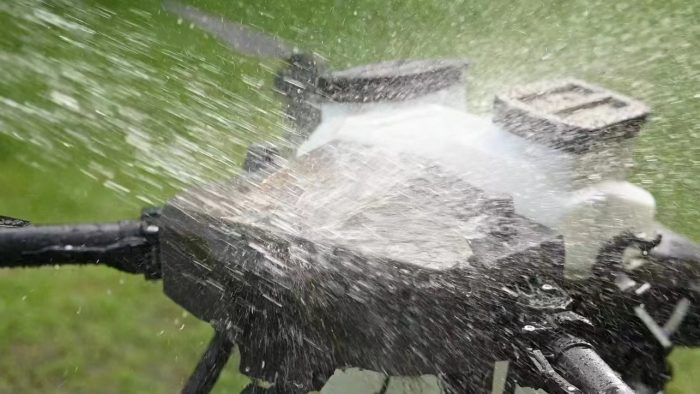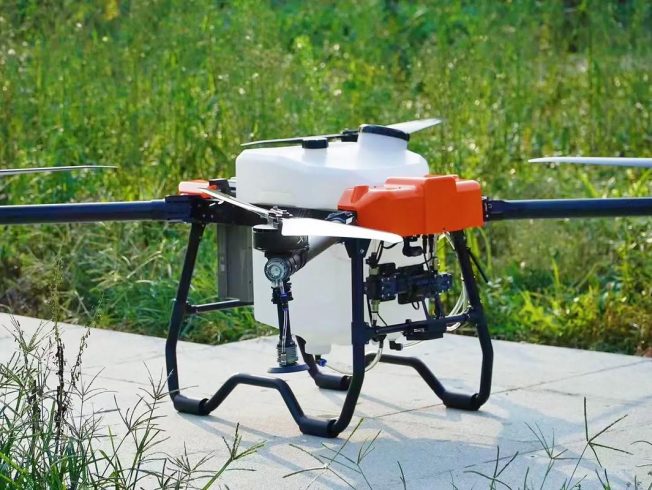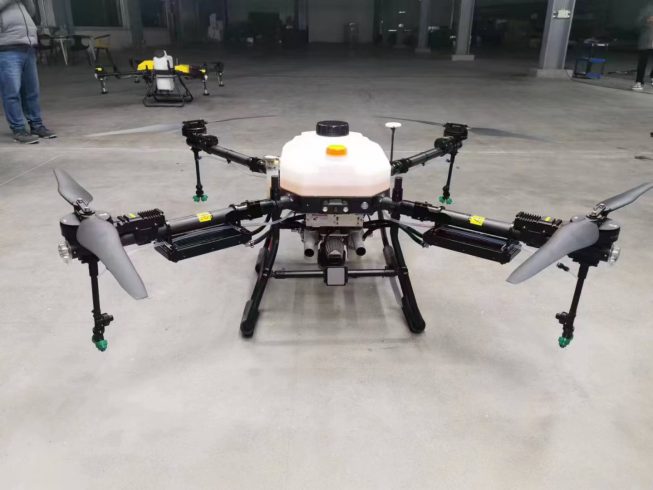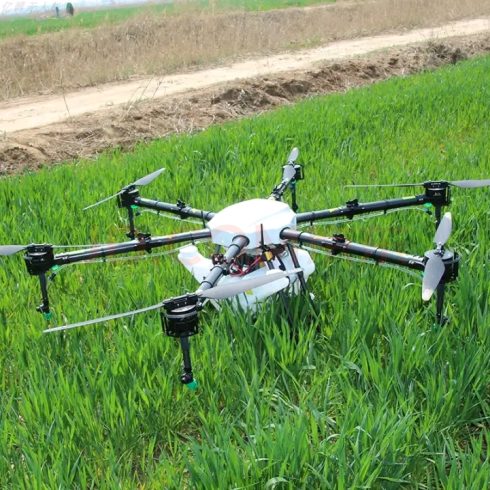![图片[1]-A Farmer’s Guide to Choosing the Right Agricultural Spraying Drone-msoen](https://www.msoen.com/wp-content/uploads/2025/02/a3b5f3752991.jpg)
In an era where precision, efficiency, and sustainability drive modern agriculture, selecting the ideal agricultural spraying drone (also called a UAV sprayer) is critical. This buyer’s guide walks you through the key factors to consider—helping you invest in a drone system that maximizes crop protection, minimizes chemical waste, and delivers rapid return on investment.
1. Defining Your Farm’s Needs
Every operation is unique. Start by assessing:
- Acreage & Layout
- Small plots (<50 ha): Compact quadcopters (10–20 L liquid capacity) excel in maneuverability.
- Medium farms (50–200 ha): Hexacopters with 20–35 L tanks strike a balance of payload and flight time.
- Large estates (>200 ha): Octocopters or multi‑drone fleets with 40+ L capacity and fleet‑management software.
- Crop Type & Canopy
- Low‑growing vegetables & cereals: Wide‑angle nozzles at 2–3 m altitude ensure even coverage.
- Orchards & vineyards: High‑clearance frames and boom‑style arms reach tall canopies without damage.
- Application Goals
- Broad-area treatment: Focus on payload and flight endurance.
- Spot treatments (weeds, disease hotspots): Look for rapid‑response hover capability and fine‑mist nozzles.
2. Evaluating Core Drone Features
Not all UAV sprayers are created equal. Key technical specifications include:
| Feature | What to Look For |
|---|---|
| GPS & Navigation | RTK/PPK for ±2 cm accuracy; waypoint programming; geo‑fencing |
| Spray System | Variable‑rate nozzles; adjustable droplet size (20–400 μm) |
| Payload & Flight Time | 20–50 L tank; battery swaps enabling 30–60 min flight cycles |
| Safety Sensors | LiDAR/ultrasonic obstacle avoidance; low‑battery return‑home |
| User Interface | Mobile‑app mission planning; live telemetry; one‑tap launch |
3. Total Cost of Ownership
Beyond sticker price, calculate:
- Consumables
- Nozzle replacements, filters, and pump seals.
- Battery lifecycles—plan for replacements after ~300 charge cycles.
- Training & Support
- On‑site or online pilot certification.
- Availability of local service centers or remote diagnostics.
- Regulatory Compliance
- Licensing fees for commercial UAV operation.
- Data‑logging tools for pesticide‑application reporting.
- Insurance & Warranties
- Drone hull and liability coverage.
- Extended warranty packages on critical components.
4. Integration & Data Management
A drone’s value multiplies when integrated into a broader farm‑management ecosystem:
- Field Mapping & Analytics
Use pre‑flight satellite imagery or past mission logs to define precise spray zones—minimizing overlap and chemical use. - Sensor Networks
Link soil‑moisture or weather stations to delay spraying when winds exceed safe thresholds or soils are too dry. - Post‑Flight Reporting
Exportable CSV or PDF reports that record spray volume, flight path, and time—essential for audit trails and ROI analysis.
5. Scaling Your Operation
As farm needs grow:
- Fleet Expansion
Choose drones from the same manufacturer or with compatible mission‑planning software to simplify training and maintenance. - Automated Charging Stations
Consider docking stations with robotic battery‑swap capabilities for true 24/7 coverage. - Multi‑Operator Access
Cloud‑based accounts let agronomists, pilots, and managers collaborate—assigning missions and reviewing data in real time.
6. Final Recommendations
- Start Small, Think Big: Pilot one drone on a representative field to master its operation before rolling out a full fleet.
- Prioritize Service: Responsiveness of technical support often makes or breaks uptime during critical spraying windows.
- Validate ROI: Track chemical savings, labor hours saved, and yield improvements—refining your drone strategy each season.
Conclusion
Investing in an agricultural spraying drone is more than a technology purchase; it’s a strategic move toward precision farming and sustainable crop management. By carefully evaluating farm size, core drone features, ongoing costs, and integration capabilities, you can select a UAV sprayer that delivers reliable performance, greater efficiency, and measurable ROI.
Ready to choose your next‑generation UAV sprayer? Use this guide to compare models, request demos, and take the first step toward smarter, safer, and more profitable crop protection.












暂无评论内容